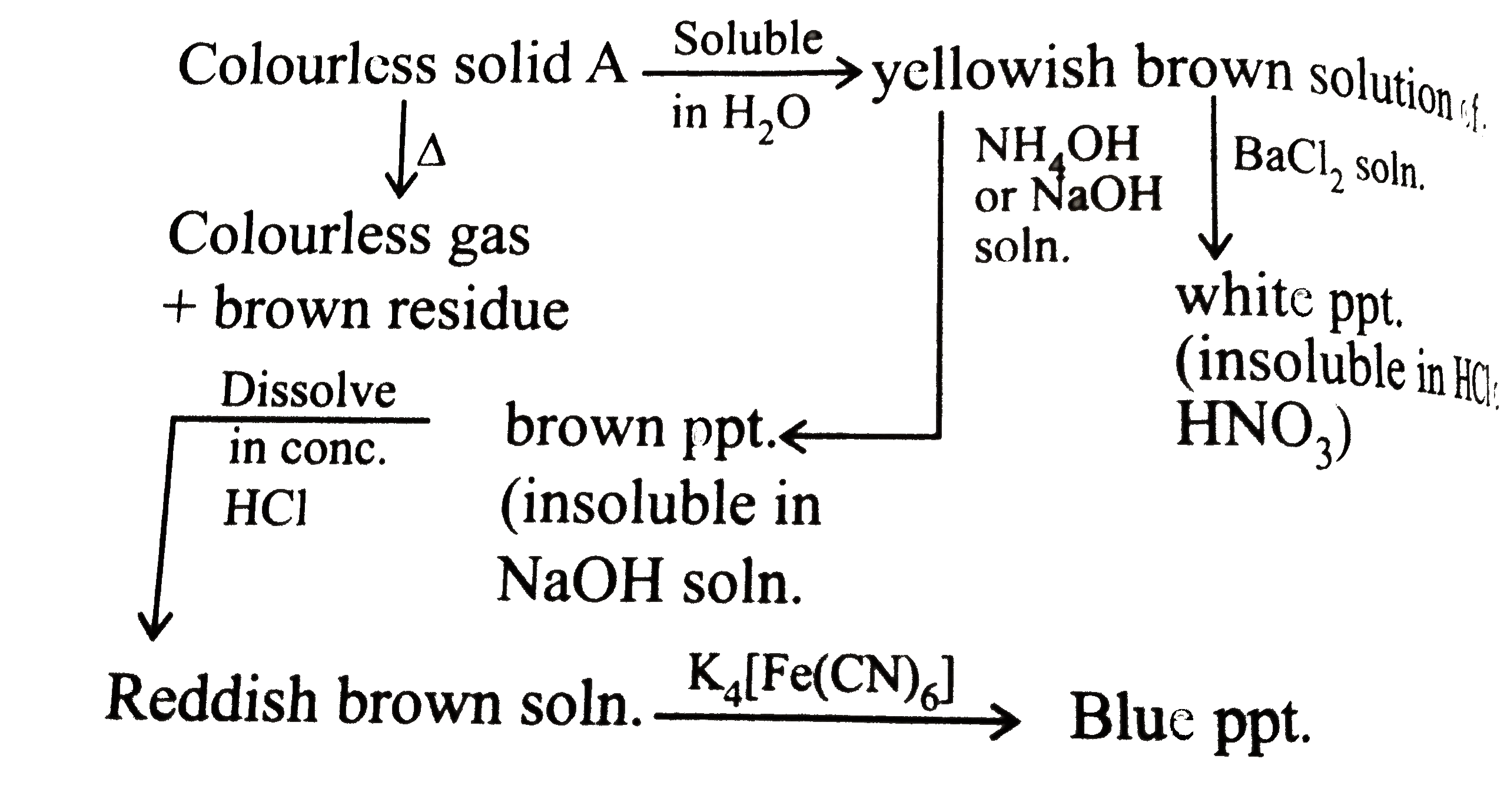F2 is the formed by reacting K2MnF6 with
SbF5
MnF3
KSbF6
MnF4
The correct Answer is:A
To determine the compound that forms fluorine gas (F₂) when potassium hexafluoromanganate (K₂MnF₆) reacts with another substance, we will analyze the reaction step by step.
1. Identify the Reactants:
The reactant we have is potassium hexafluoromanganate, K₂MnF₆. We are looking for a Lewis acid that can react with it.
2. Choose a Suitable Lewis Acid:
A strong Lewis acid that can react with K₂MnF₆ is sulfur tetrafluoride (SF₄) or sulfur pentafluoride (SF₅). In this case, we will consider SF₅.
3. Write the Reaction:
When K₂MnF₆ reacts with SF₅, the following reaction occurs:
K2MnF6+SF5→KSbF6+MnF3+12F2
Here, SF₅ displaces the weaker Lewis acid MnF₄ from the salt.
4. Analyze the Products:
The products of this reaction include:
- KSbF₆ (potassium hexafluoroantimonate)
- MnF₃ (manganese trifluoride)
- F₂ (fluorine gas)
5. Conclusion:
From the reaction, we can conclude that fluorine gas (F₂) is produced when K₂MnF₆ reacts with SF₅.
Final Answer:
Fluorine gas (F₂) is formed by reacting K₂MnF₆ with sulfur pentafluoride (SF₅).
---
The reactant we have is potassium hexafluoromanganate, K₂MnF₆. We are looking for a Lewis acid that can react with it.
A strong Lewis acid that can react with K₂MnF₆ is sulfur tetrafluoride (SF₄) or sulfur pentafluoride (SF₅). In this case, we will consider SF₅.
When K₂MnF₆ reacts with SF₅, the following reaction occurs:
K2MnF6+SF5→KSbF6+MnF3+12F2
Here, SF₅ displaces the weaker Lewis acid MnF₄ from the salt.
The products of this reaction include:
- KSbF₆ (potassium hexafluoroantimonate)
- MnF₃ (manganese trifluoride)
- F₂ (fluorine gas)
From the reaction, we can conclude that fluorine gas (F₂) is produced when K₂MnF₆ reacts with SF₅.
Fluorine gas (F₂) is formed by reacting K₂MnF₆ with sulfur pentafluoride (SF₅).
Topper's Solved these Questions
- THE d-AND f- BLOCK ELEMENTS BOOK - ERRORLESSCHAPTER - THE d-AND f- BLOCK ELEMENTS EXERCISE - Assertion and Reason
11 Videos
- THE d-AND f- BLOCK ELEMENTS BOOK - ERRORLESSCHAPTER - THE d-AND f- BLOCK ELEMENTS EXERCISE - NCERT BASED QUESTIONS (Compounds of Transitional Elements)
163 Videos
- SURFACE CHEMISTRYBOOK - ERRORLESSCHAPTER - SURFACE CHEMISTRYEXERCISE - ASSERTION AND REASON
14 Videos
- THE P -BLOCK ELEMENTS (NITROGEN, OXYGEN, HALOGEN AND NOBLE FAMILY)BOOK - ERRORLESSCHAPTER - THE P -BLOCK ELEMENTS (NITROGEN, OXYGEN, HALOGEN AND NOBLE FAMILY)EXERCISE - ASSERTION & REASON
22 Videos
Similar Questions
Knowledge Check
F2 is formed by reacting K2MnF6 with
ASbF5BMnF3CKSvF6DMnF4Fluorine is obtained by the interaction of K2MnF6 with Lewis acid SbF5 because of the
AAcidolysis of MnF4BDecomposition of MnF4CIonisation of MnF4DDecomposition of SbF6Fluorine is obtained by the interaction of K2MnF6 with Lewis acid SbF5 because of the :
AAcidolysis of MnF4BDecomposition of MnF4CIonization of MnF4DDecomposition of SbF6
F2 can be prepared by reacting hexfluoro magnante (IV) with antimony pentafluoride as:
K2KnF6+SbF5150∘C−−−→KSbF6+MnF3+F2 ltBrgt The number of equivalent of K2MnF6 requried to react completely with one " mol of "SbF5 in the given reaction is
View SolutionWhich of the following is formed when O2F2 reacts with Xe ?
View SolutionWhich of the following is not formed when H2S reacts acidic K2Cr2O7 solution ?
View Solution
Which of the following complex is formed when A reacts with K4[Fe(CN)6]?
View SolutionOne of the product formed when K2Cr2O7 reacts with conc.H2SO4 in cold is
View Solution
